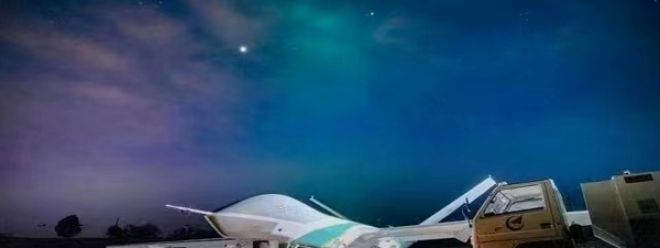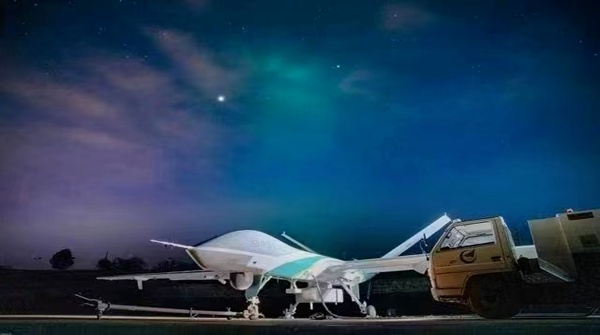How did the drone base station help the disaster area to restore communication?

The UAV base station took off from Anshun, Guizhou Province on July 21, and returned to Anshun at 6:15 on the 22nd. It sailed for about 16 hours and went back and forth for thousands of kilometers, effectively guaranteeing 5 hours of communication signals in the disaster area.

The UAV base station took off from Anshun, Guizhou Province
on July 21, and returned to Anshun at 6:15 on the 22nd. It sailed for about 16
hours and went back and forth for thousands of kilometers, effectively
guaranteeing 5 hours of communication signals in the disaster area.

The screenshot of this text message spread across the
Internet instantly, making countless netizens feel ignited!
According to reports, this is a pterosaur drone equipped
with base station equipment that China Mobile was ordered by the Emergency
Management Department to rush from Anshun, Guizhou, to Mihe Town, Gongyi, Henan
Province for a long distance. After the emergency communication guarantee was
completed, the people in the disaster area could report. A peace.
The UAV base station took off from Anshun, Guizhou Province
on July 21, and returned to Anshun at 6:15 on the 22nd. It sailed for about 16
hours and went back and forth for thousands of kilometers, effectively
guaranteeing 5 hours of communication signals in the disaster area.
With such a high efficiency of emergency communication
support, not only netizens can't help but sigh: this is the speed of China, as
a communication industry person, can not help but be shocked: emergency
communication support technology is really getting stronger and stronger!
So, we checked some information to talk about the technical
principles behind this emergency communication guarantee?
According to reports, this emergency communication plan is a
4G/5G+ air-space-ground integrated guarantee system, consisting of a large
fixed-wing UAV, 4G/5G base station equipment (including BBU, RRU and antenna),
and a satellite communication system.

The large fixed-wing UAV is equipped with 4G/5G base station
equipment and satellite communication equipment. The base station provides
wireless signal coverage to the disaster area, and transmits the business back
to the satellite ground station through the satellite communication system, and
then connects to the mobile core network.
Large fixed-wing UAVs have the advantages of long battery
life, long flight distance, and low flight cost. The satellite communication
system has the advantages of insensitive to ground conditions and convenient
and rapid networking. The combination of the two makes this emergency
protection plan timely, Fast, anytime, anywhere, efficient linkage and other
characteristics.
In fact, this is not the first time that China Mobile's
drone base station appeared in the disaster area. As early as the earthquake in
Jiuzhaigou in 2017, China Mobile urgently dispatched a drone high-altitude base
station to the earthquake disaster area overnight, opening up more than 30
square kilometers. The mobile communication signal of the disaster-affected
area completed the first application of the UAV high-altitude base station in
the earthquake environment.
However, the UAV used for emergency support in Jiuzhaigou is
a tethered UAV. The so-called "tethered" is to connect the UAV
through a tethered cable, and provide transmission from the ground to the air
through the tethered cable. And power supply, which can solve the problem of
the limited continuous ability of the UAV's battery and the inability to
achieve long-term stagnation, but it also loses flight flexibility and has the
shortcomings of small coverage.
This emergency communication plan reduces the tail of the tethered drone, and can provide emergency communication guarantee for large-area coverage at any time and any place, with higher efficiency, longer battery life, longer distance, and wider coverage. And other advantages. It is believed that after successfully ensuring communications in disaster areas through large fixed-wing UAV base stations this time, 4G/5G UAV base stations will be more widely used in rescue and disaster relief scenarios in the future.